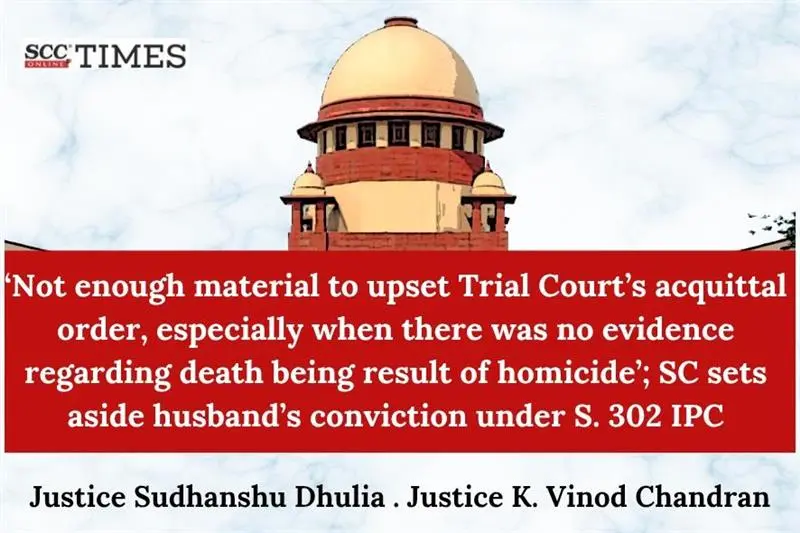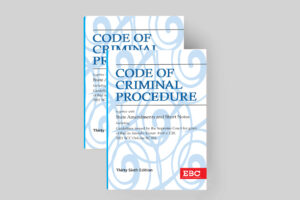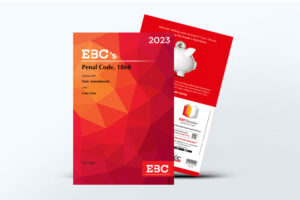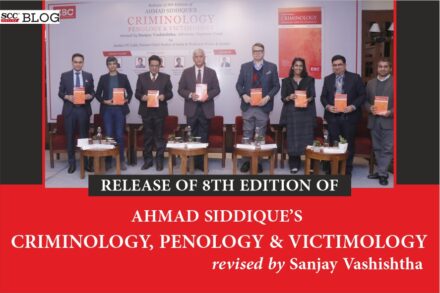Supreme Court: In a criminal appeal against the Chhattisgarh High Court’s decision convicting the accused-husband for an offence under Section 302 of the Penal Code, 1860 (‘IPC’) and upholding the acquittal of the in-laws for alleged murder of the daughter-in-law, the Division Bench of Sudhanshu Dhulia and K. Vinod Chandran*, JJ. allowed the appeal, considering that the husband—accused had a plausible explanation that he was on duty when the death of his wife occurred. It was the husband who first intimated to the police about the sudden and unnatural death of his wife.
Factual Matrix
The husband found his wife lying supine on the cot inside their house. The accused immediately informed his parents, living nearby, and also the Police Station, where it was recorded under Section 174 of the Code of Criminal Procedure, 1973 (‘the CrPC’) as a sudden and unnatural death. An inquest was carried out in which a ligature mark was noticed on the front of the neck of the deceased. No suspicion was raised by anyone regarding the death. Later, a complaint lodged by the father of the deceased led to an FIR being registered, and the three accused were arrested. A charge sheet was filed, and a charge was framed under Sections 498A and 306 of the IPC, read with Section 34 and in the alternative Section 302 read with Section 34 of the IPC.
The Trial Court acquitted the accused, including the in-laws, finding the deceased to have committed suicide and held that there was no circumstance pointing to the guilt of the accused. However, the High Court opined that the accused and the deceased were living together and hence, the accused should have an explanation regarding the death of his wife under Section 106 of the Evidence Act, 1872.
Analysis and Decision
The Court reiterated that unless it is demonstrated that there is some manifest illegality or perversity in the conclusions recorded by the Trial Court while arriving at the finding of guilt of the accused, an acquittal ordinarily should not be reversed. Where two views were possible, one taken by the Trial Court to acquit the accused, if found to be a plausible one, cannot be upset lightly by the Appellate Court. The presumption of innocence available to an accused gets further fortified by the acquittal entered by the Trial Court.
The Court noted that on 28-01-2017 at around 9 O’clock, the accused had gone to the cement factory for labour work and on his return at 6 AM on 29-01-2017, he saw his wife lying supine on her cot. He broke open the door, which was closed from the inside, and he immediately informed his parents and also, the Ward Panch. The Village Kotwar accompanied him to the Police Station.
The Court also noted that the father of the deceased had stated that the accused was not present in the house on the night when the incident occurred. The father of the deceased, the mother, and the cousin brother deposed that even when they saw the deceased with a visible mark on her neck, they suspected strangulation to be the cause of her death, which is contrary to the facts recorded in the Inquest Report.
The Court stated that the fact of the absence of the accused at the time of the occurrence was categorically stated in the first intimation; hence, the High Court’s conclusion that it was his duty to establish the alibi was flawed.
The High Court unfortunately reversed the acquittal without anything other than a finding on alibi having not been proved and the accused not having offered any explanation regarding the death of the deceased, which occurred while they were living together.
Disagreeing with the High Court’s finding regarding the effect of Section 106 by placing reliance on Trimukh Maroti Kirkan v. State of Maharashtra, (2006) 10 SCC 681, the Court pointed out that-
The said decision is an authority for the principle that when an accused is alleged to have committed the murder of his wife; if the prosecution establishes that shortly before the crime, they were seen together or the offence takes place in the dwelling home where the husband also resides, then if the accused does not offer any explanation or offers a palpably false explanation; that would be a strong circumstance, establishing his culpability in the crime.
However, the Court laid down that the abovementioned stance cannot be the sole circumstance leading to the conclusion of guilt on the part of the accused husband. In the matter at hand, the accused explained that he had gone for duty at the cement factory, which was also mentioned in the first intimation given by the accused. Even before the FIR was registered, the intimation recorded indicated the fact of his presence at the factory.
There was not enough material to upset the order of acquittal of the Trial Court, especially when there was also no evidence led regarding the death being a result of homicide.
Further, perusing the post-mortem report and doctor’s statement, the Court opined that there was no clarity as to whether the death was homicidal. The Court stated that there was no single circumstance pointing to the guilt of the accused, let alone a chain of circumstances fully establishing the guilt of the accused and excluding every possible hypothesis, except that of guilt. The Court observed that the young woman, who was married just two years back, died tragically at the house of husband. The husband—accused had a plausible explanation that he was on duty when the death of his wife occurred. It was the husband who first intimated to the police about the sudden and unnatural death of his wife. The relatives of the deceased, having come to the matrimonial house of the deceased on the very same day of the death, did not raise any suspicion as to the death being homicidal.
CASE DETAILS
|
Citation: Appellants : Respondents : |
Advocates who appeared in this case For Petitioner(s): For Respondent(s): |
CORAM :










